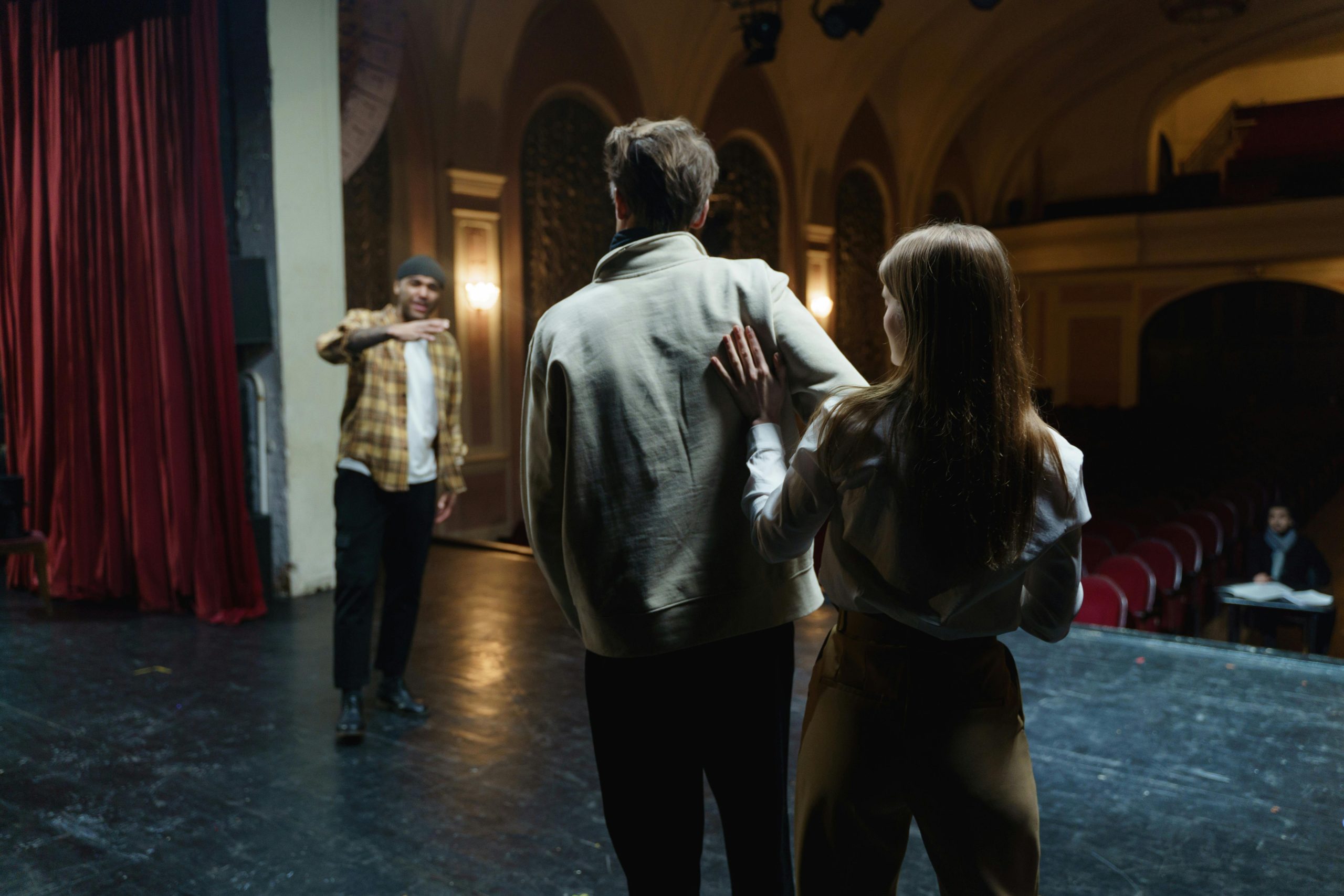The Astroworld Tragedy: An Examination of Unsettling Elements
The tragic events at the Astroworld festival have stirred deep concern and speculation among attendees and observers alike. While I generally refrain from labeling every incident as a conspiracy, the circumstances surrounding this particular event have raised significant questions that warrant exploration.
Typically, my approach leans towards rational explanations for unfortunate situations; often, disasters arise from a series of unfortunate misjudgments rather than conspiratorial motives. However, the Astroworld incident stands apart as a case that captivates attention and suggests something more than mere incompetence or carelessness among those involved.
One of the most alarming aspects was the use of unsettling low-frequency sounds throughout the day leading up to the performance. Those who closely followed the incident in 2021 may recall the eerie atmosphere created by these sounds, which deviated from the typical energetic playlists one would expect at such events. Instead of uplifting music designed to engage the crowd, an unsettling auditory backdrop reminiscent of horror film soundtracks played — a choice that seems bewildering in context. Research indicates that specific frequencies can profoundly influence human emotions, cultivating feelings of anxiety and unease. Given the intensity of the atmosphere, one cannot help but consider whether this was a deliberate attempt to set a particular tone for the evening.
Furthermore, the ominous symbolism present during the performance cannot be overlooked. While I don’t subscribe to identifying every artistic expression as ritualistic or satanic, the visuals were undeniably laden with unsettling imagery. Elements such as the stage resembling an inverted cross, fiery doves, and phrases like “See you on the other side” and “the escape plan” projected on screen contribute to a narrative that feels troubling.
Perhaps one of the most haunting memories from that night was the footage of concertgoers attempting to alert security about a lifeless body within the crowd, only to be met with apparent indifference. The moments when the performer paused, acknowledged the situation, yet continued the set is difficult to comprehend. Additionally, various reports highlighted communications indicating that law enforcement and the event organizers were aware of fatalities yet opted to extend the performance for additional guest appearances, a decision that reeked of negligence at best.
While the motivations behind the events remain uncertain, whether as a true ritual or a manifestation of reckless ambition within the entertainment industry, the implications of what transpired are unsettling. The entire ordeal suggests more than simple oversight; it feels as though there was a calculated orchestration at play, transcending



